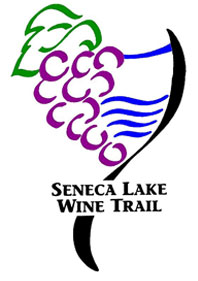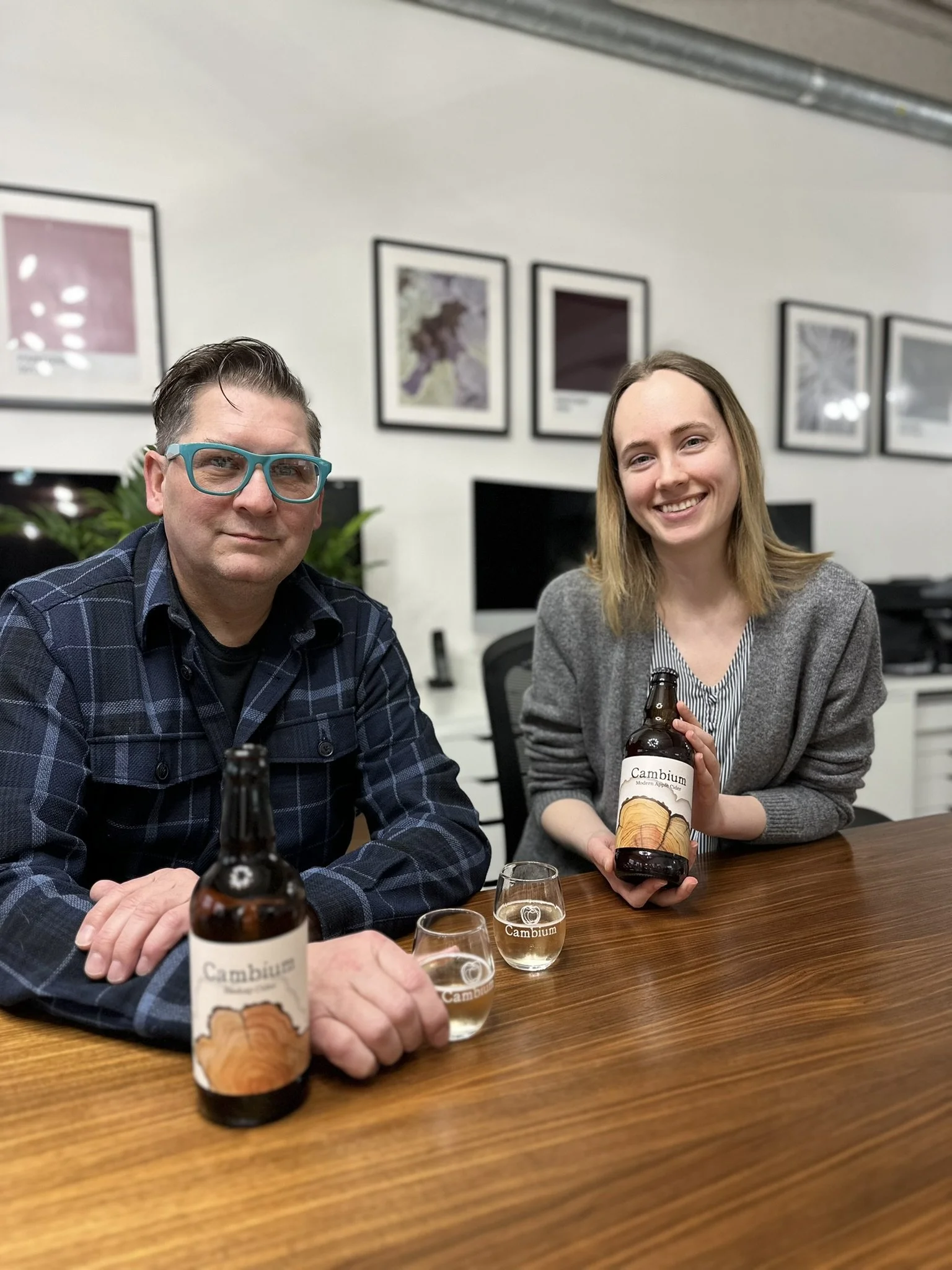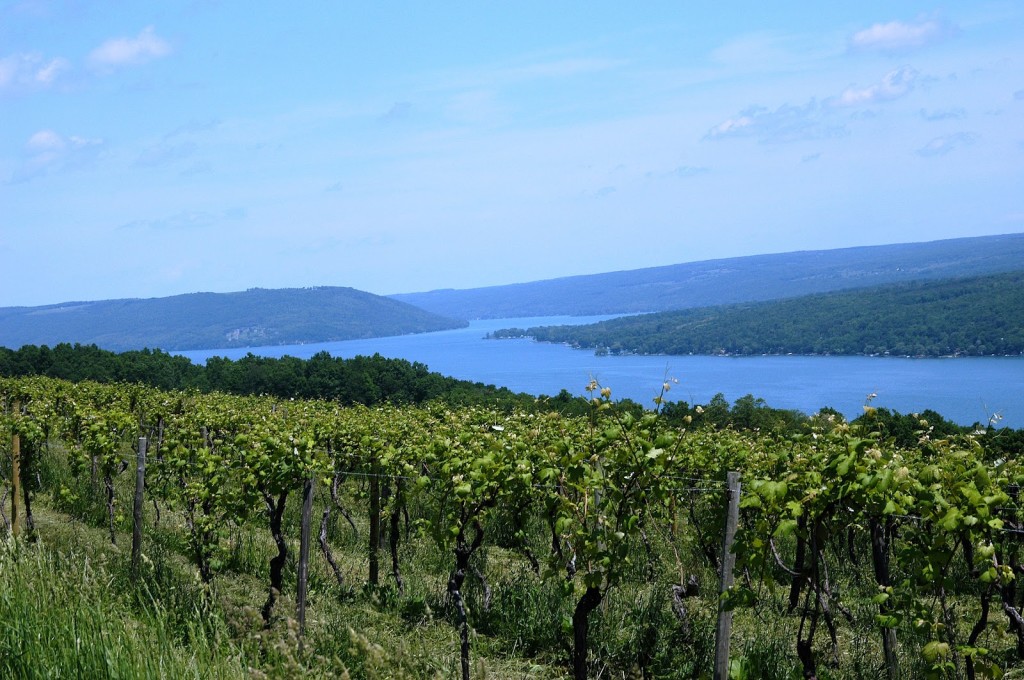by Sujinder Juneja For #Winesday we look to our wine growing neighbours to the east...
Since grape vineyards were first established in the Finger Lakes region of New York State in the mid 1800s, winemakers and grape growers have never lost their thirst for adventure and experimentation. They work with lesser known and cold hardy varietals and we are looking forward to celebrating the region’s diversity at the Wine Bloggers Conference pre-excursion in August.
The Finger Lakes AVA, officially recognized in 1982, is a cool climate growing region in upstate New York, south of Lake Ontario, and surrounds eleven glacier lakes. These lakes moderate the local microclimate, keeping the it milder in the winter, relative to the rest of the region. Similarly to other cool climate regions such as Germany and Austria, the vines are often planted on steep hillsides near the lakes, offering better drainage, increased sun exposure, with less chance of frost.
Vitis Labrusca vines were first planted in the region in 1829, but it wasn’t until 1862 that commercial viticulture began. For years, the most successful and popular wines from the area were sparkling and sweet, but demand for dry still wines produced from Vitis Vinifera grapes increased after soldiers returned from Europe following World War 2, their tastes influenced by wines from France, Italy and Germany. Unfortunately, the majority of plantings in the region were either from Labrusca or French-American hybrid stock, since previous experiments with Vinifera had failed to yield successful wines.
But in 1951, Dr. Konstantin Frank, a Ukrainian immigrant with a PhD in viticulture, arrived at the Cornell University Geneva Experiment station where he began grafting the more climate-sensitive Vinifera varietals to native cold-hardy Labrusca rootstock, eventually resulting in commercially and critically successful wines from Riesling, Chardonnay, Pinot Noir, Gewürztraminer, and Cabernet Sauvignon, among other noble varieties.
 In 1986 the Seneca Lake Wine Trail was formed in the heart of New York State’s Finger Lakes Wine Country to attract more visitors to experience its rich history, beauty and production of world-class wines. Today, Seneca Lake Wine Trail is the largest and most active wine trail in New York State with a community of 35 wineries
In 1986 the Seneca Lake Wine Trail was formed in the heart of New York State’s Finger Lakes Wine Country to attract more visitors to experience its rich history, beauty and production of world-class wines. Today, Seneca Lake Wine Trail is the largest and most active wine trail in New York State with a community of 35 wineries
Even though Riesling and Pinot Noir has become the dominant white and red varietals in the region, Seneca Lake wineries such Villa Bellangelo, Ventosa Vineyards, Anthony Road Wine Company and Fox Run Vineyards, among others continue to push the envelope with interesting and delicious left-of-centre varietals. These include lesser-known Vinifera (Blaufränkisch, Tocai Friulano, Grüner Veltliner), French-American hybrids (Seyval Blanc, Baco Noir, Vignoles, Rougeon), native Labrusca (Catawba, Isabella), hybrids developed in the region (Cayuga White, Melody) and three new wine grapes created at the New York State Agricultural Experiment Station (NYSAES) in Geneva (Noiret, Corot Noir and Valvin Muscat. While some of these grapes are used in varietally-named wines, most of them are used in blends or sparkling wine.
When we visit the region we look forward to tasting this diversity.



